Seven-Branched Candelabrum
Gyula Pap
1922
Image
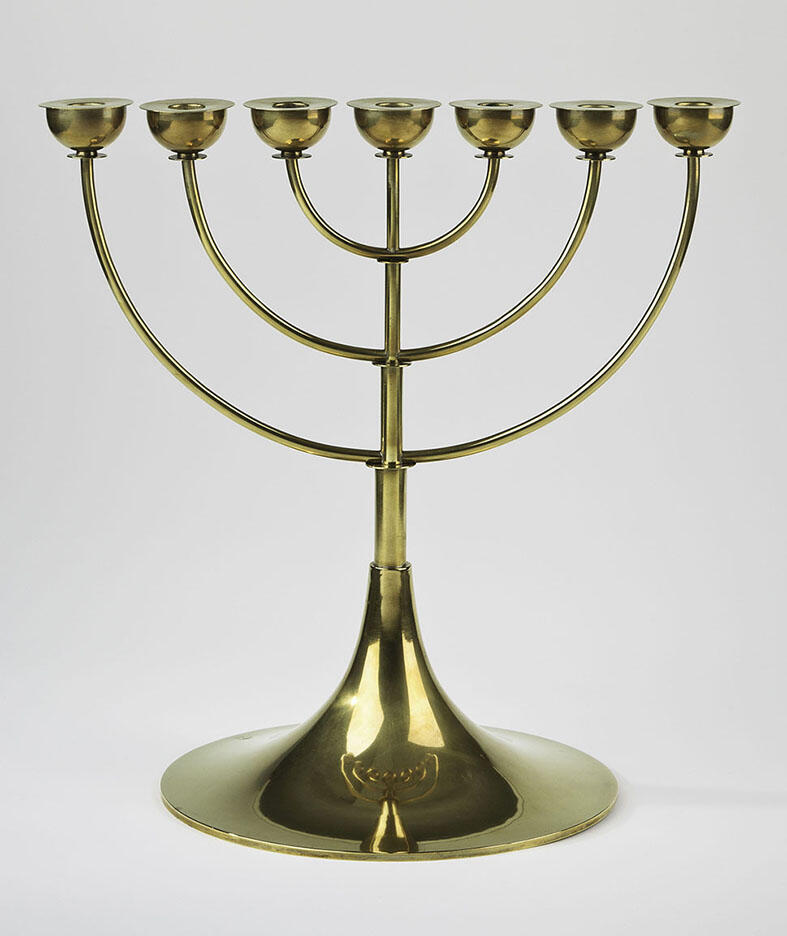
Engage with this Source
Restricted
Image
Places:
Weimar, Weimar Republic (Weimar, Germany)
Creator Bio
Gyula Pap
1899–1983
Born in Hungary, Gyula Pap moved with his family at age fourteen to Vienna. He studied art in Vienna and Budapest and metalwork at the Bauhaus school of art and architecture in Weimar from 1920 to 1923. He taught in Berlin from 1926 to 1933. With the rise of the Nazis, he moved to Budapest, where he lived until his death. He worked in several mediums: oil painting, typography, photography, textile design, graphic art, and industrial design.
You may also like
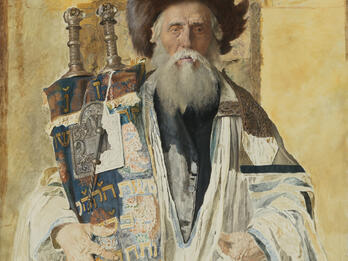
Of the High Priest’s Tribe
An important Jewish genre painter, Kaufman drew inspiration for his romantic depictions of traditional Jewish life from trips to Moravia and Upper Hungary, Galicia and Bukovina and areas of Russian…

Cover of Albatros, No. 3
Albatros, a journal of literature and graphic art, debuted in Warsaw in 1922 and published its final two issues in Berlin. The journal was edited by the Hebrew-Yiddish poet Uri Zvi Greenberg and…
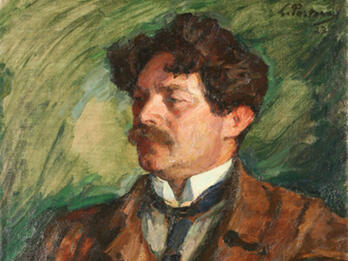
Portrait of Saul Tchernichovski
Saul Tschernikhovsky is considered one of the great modern Hebrew poets. His poems are part of the canon of Israeli literature, and his portrait appears on Israeli currency. Pasternak painted this…
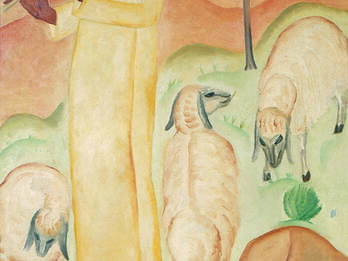
First Fruits
Rubin was a member of what is known as the Land of Israel movement, a group of artists who, in the 1920s, broke with the conventions of the Bezalel School of Arts and Crafts. They drew on the ideas…
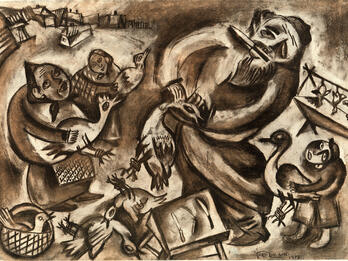
Der Shokhet
Der Shokhet (The Ritual Slaughterer) is one of a set of thirty lithographs that Ryback published in 1923 in a book memorializing the Jewish communities destroyed during World War I and in the…
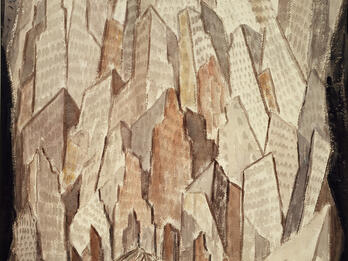
Metropolis No. 2
This painting dates to the early years of Walkowitz’s career, when he frequently painted New York cityscapes. Walkowitz’s cubist style was well suited to capturing the skyscrapers, elevated trains…

